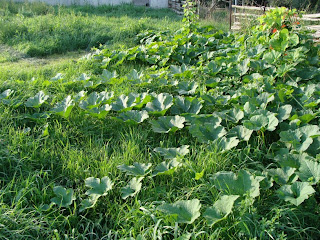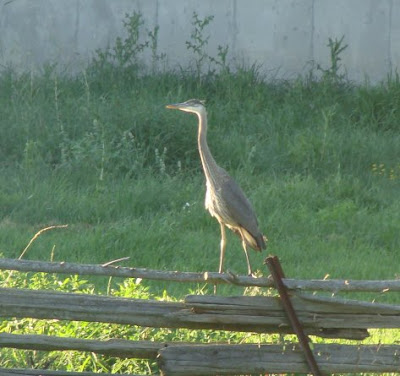
(Click on the picture for a closer look.)
A report of the missionaries' arrival here was published in 1879 by Charles Hawley as Early Chapters of Cayuga History: Jesuit Missions in Goi-o-gouen, 1656-1684 ; Also an Account of the Sulpitian Mission Among the Emigrant Cayugas about Quinte Bay, in 1668. I don't think succinctness was one of Charles's strong points. Anyway, the book has been digitised by Google, so we can see how Claude Trouvé, writing in 1672, was treated by the Cayugas when he arrived here. This must be one of the earliest European descriptions of squash in this area:
Having arrived at Kenté we were regaled there as well as it was possible by the Indians of the place.After the mission closed down, however, the Great Canadian Lakes site informs us that:It is true that the feast consisted only of some citrouilles (squashes) fricasseed with grease, which we found good; they are indeed excellent in this country and cannot enter into comparison with those of Europe. It may even be said that it is wronging them to give them the name of citrouilles. They are of a very great variety of shapes and scarcely one has any resemblance to those in France. There are some so hard as to require a hatchet if you wish to split them open before cooking. All have different names.
A brutal fate awaited the natives that were left behind. In 1687, from his base at Fort Frontenac, a new French Governor, the Marquis de Denonville and his Iroquois allies attacked and tortured the remaining Kente natives, taking those who survived back to France to work as galley slaves.Nice.
The mission and the village were short-lived, but the area now called Prince Edward County became known as the Isle of Quinte (or Quinte's Isle) and the stretch of water between it and the mainland to the north is still called the Bay of Quinte. Not much comfort to those poor Cayugas, I'm sure.
















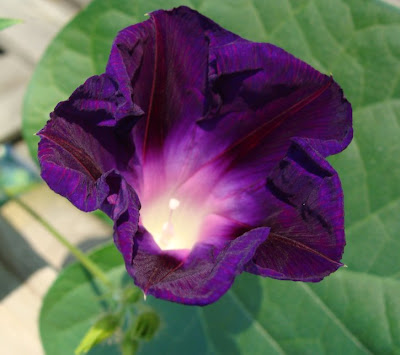

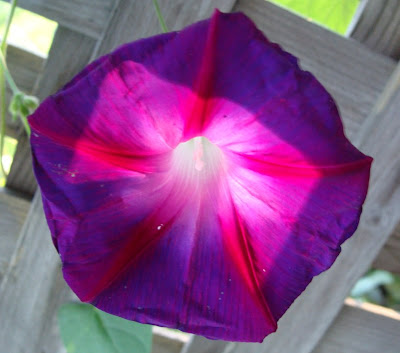







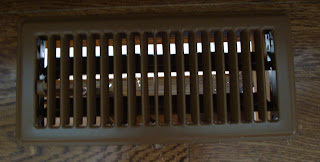


.jpg)


